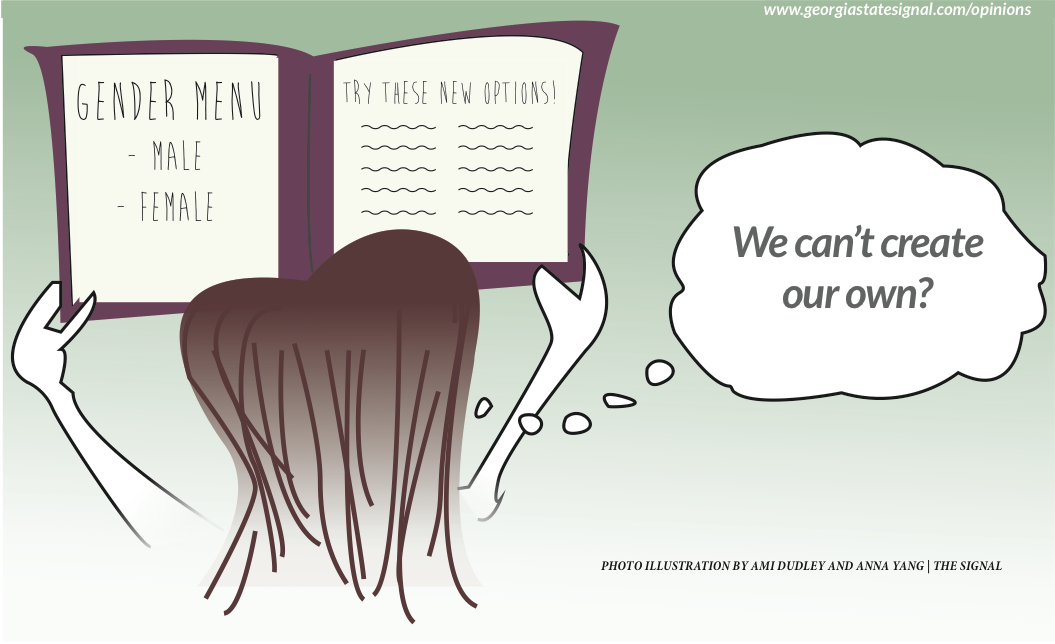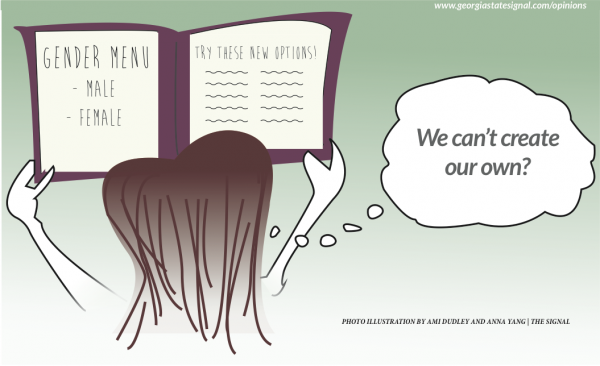
Facebook users now have the option of providing a gender other than male or female on their profile. In an effort to cater to those users who do not identify as either male or female, Facebook has added a custom gender tab containing a whopping 50 gender options.
With the growing embrace of the concept of gender fluidity, this “checkmate” move by one of the world’s premiere social networks has been largely received as progressive and innovative by users. While we should applaud this move, we should do so with a critical eye.
I took a moment to explore this new custom gender tab and immediately found a seemingly subtle but grave flaw. The “custom” option has predictive text. While this may seem minuscule, it reflects the initial issue of categorizing gender identities. Instead of users being able to provide what they identify as, they are forced to CHOOSE, once again reinforcing the concept of restricting categories.
“But there are 50 new options. 50!” Yes, there are, but that will never be enough. Why? Because there are seven billion people in the world, unlocking the door to the possibility of endless gender identities. So, users should not be bound to yet another list of options. The solution to this would’ve been simple: Let users supply whatever gender identity they want.
When discovering this flaw, I found another. The “interested in” tab of the “about me” section is restricted to the options of male and female. While gender and sexuality are not interchangeable, we still use the socially constructed concept of gender to identify sexuality, so customizing this tab is necessary. Not doing so would imply that the only genders users are interested in are male, female or both, and this is not true.
If a user is interested in someone who identifies as male-to-female, for example, they don’t have the option of sharing this. For many users, this omits their chance of finding a love interest. Just like we have the option of identifying ourselves, we should have the same freedom in identifying who we are interested in. And like the gender tab, users should be able to supply whatever gender they want, not restricted to predictive text.
Again, these added options should be applauded. Many users can now feel more included in one of the world’s largest online social networks.
“We want you to feel comfortable being your true, authentic self,” a statement from Facebook read.
But the presence of a gap between more inclusive and all-inclusive in social media demands the need for a critical eye.

